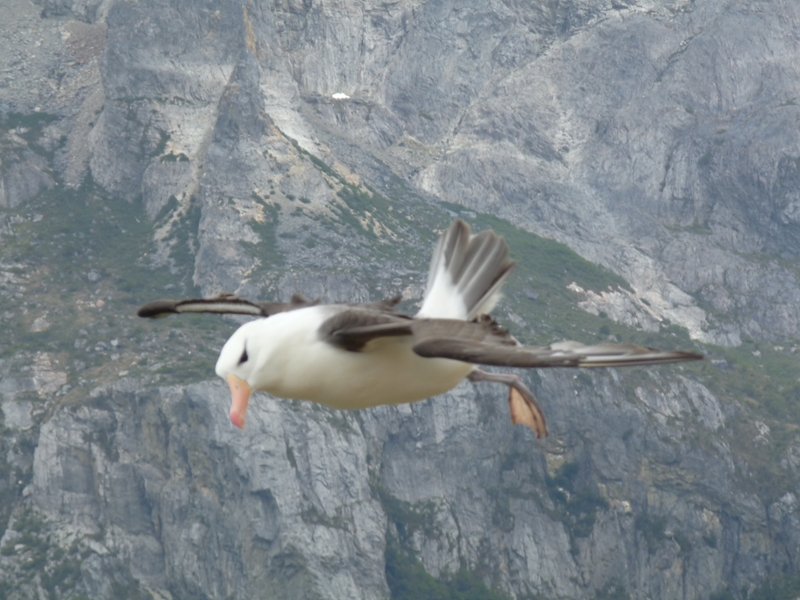We are working with the Agreement on the Conservation of Albatrosses and Petrels (ACAP) to establish capacity in South America to learn about albatross and petrel health and prevent disease introduction to threatened populations. Most albatross and large petrel species are endangered and potentially susceptible to opportunistic pathogens due to geographic isolation and increased human impacts in their natural environment.
As pathogen transmission dynamics evolve rapidly with globalization and climate change, threats from disease will likely exponentially increase. Moreover, the synergistic effects of disease with other factors known to be killing vast numbers of albatross, such as interactions with longline fisheries, may become determinants for species extinction.
Through a grant from ACAP’s Advisory Committee Grants Programme, we're protecting albatross breeding sites by establishing best practices for human interactions to avoid accidental disease introduction. We are also applying innovative technologies and making better use of specimens recovered from by-catch to improve sample sizes and species representation in albatross health assessments.
This work is being done in Ecuador, Peru, Chile, Brazil, Uruguay and Argentina.
Publications
- Review of diseases (pathogen isolation, direct recovery and antibodies) in albatrosses and large petrels worldwide
- Conservation status and priorities for albatrosses and petrels (Biological Conservation, 2016)
Partners
Dr. Flavio Quintana from the National Research Council of Argentina and Dr. Esteban Frere, Global Seabird Programme, Birdlife International.

Photo by Marcy Uhart
Support this work

